Results
-
 £53.95
£53.95A Jamestown Trilogy (Concert Band - Score and Parts) - Fagan, Gary
A Jamestown Trilogy is a three-movement suite inspired by the story of Captain John Smith and his crew, who sailed from England on December 20, 1606 in three small ships, the Discovery, Susan Constant and Godspeed. They first landed at Cape Henry on April 26, 1607 and then sailed up the James River where, on May 14, 1607, they landed on a site they named Jamestown.In 1608, Smith was captured by the Powhatan Indians. Legend has it that he was considered a threat to the Indians because of his interest in metals and in searching for a waterway west. Smith was sentenced to death and placed on a stone alter to be killed when a twelve year old Indian Princess rescued him. Matoaka, nicknamed Pocahontas (Playful One), the daughter of Powhatan, chief of the confederacy, threw her body across Smith's and saved his life.Duration: 5.30
Estimated dispatch 7-14 working days
-
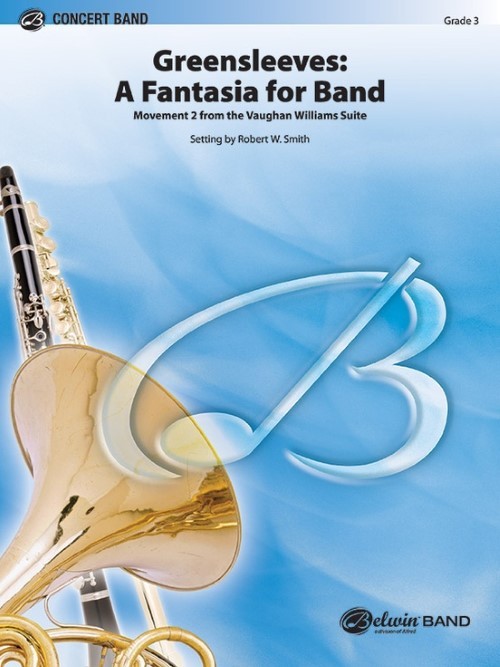 £70.50
£70.50Greensleeves: A Fantasia for Band (Concert Band - Score and Parts) - Smith, Robert W.
In tribute to Ralph Vaughan Williams, Robert Smith's second movement of the Vaughan Williams Suite is entitled Greensleeves: A Fantasia for Band. Beginning with a lyric solo statement by the flute, the compellingly beautiful melody is explored using the unique timbres of the contemporary concert band. The first movement, Wassail, is also available. Duration: 4.30
Estimated dispatch 7-14 working days
-
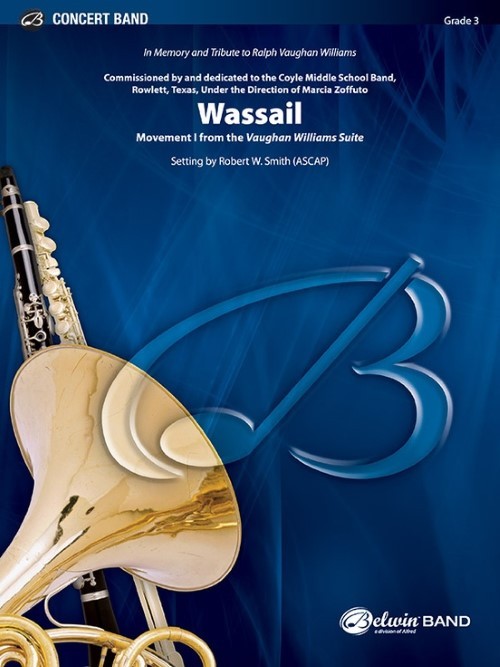 £62.95
£62.95Wassail (Concert Band - Score and Parts) - Smith, Robert W.
Robert W. Smith, in tribute to the great composer, has crafted a setting for the concert band of Wassail Song in the style of Vaughan Williams. Beginning with a lively solo statement of the melody, the clarinet choir introduces the song in its original form. Using Vaughan Williams as the inspiration, the melody is explored and restated in multiple variations using the various timbral colours of the concert band. This publication marks the first movement of Smith's Vaughan Williams Suite.Duration 3:15
Estimated dispatch 7-14 working days
-
 £48.00
£48.00Poem for Band (Concert Band - Score and Parts) - Tatgenhorst, John
Poem for Band is based on a beautiful melody that is shared by flutes, clarinets and trumpets. The low brass and woodwinds enrich the performance with expressive use of dynamics. This music was first written for the London Symphony Orchestra as part of an orchestral suite and has been beautifully adapted for band by the composer.
Estimated dispatch 7-14 working days
-
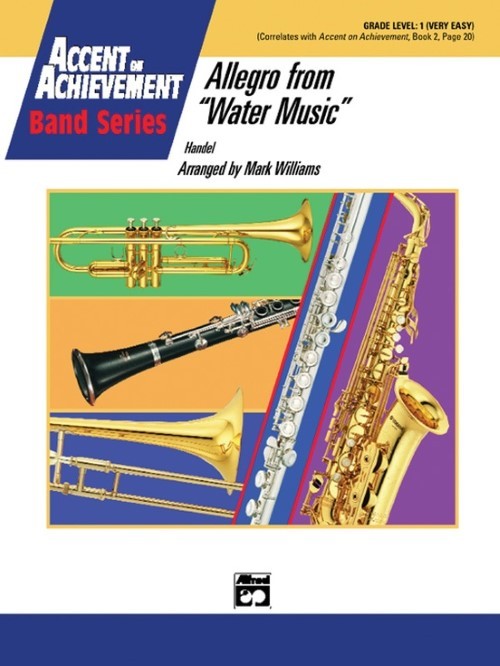 £45.95
£45.95Allegro from Water Music (Concert Band - Score and Parts) - Handel, George Frideric - Williams, Mark
Your audience is sure to recognise this famous melody from Water Music. Mark Williams has skillfully arranged this classic for your young band. You may also perform this work as the first part of a three-movement suite by following this arrangement with the Water Music arrangement found on page 21 of the Accent on Achievement, Book 2. Duration: 2.00
Estimated dispatch 7-14 working days
-
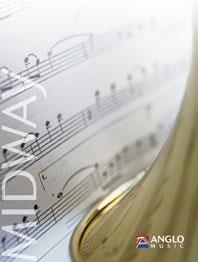 £194.99
£194.99Euphonium Concerto No.2 (Euphonium Solo with Concert Band - Score and Parts) - Sparke, Philip
The original concept for this work was a suite of short movements, each with its own character, but by the time the first movement was complete it was clear that a conventional three-movement format was going to work out better. The opening movement contains much syncopation and is almost rag-like in style. The slower second movement explores the unsurpassable ability of the euphonium to play lyrically, with a theme that is later taken up by the band whilst the soloist weaves a filigree descant. This leads straight into the third movement, which is almost bebop in style and shows off the jazzier capabilities of the euphonium. The concerto was composed for the virtuoso soloist, Steven Mead. A version for euphonium and piano is also available.Duration: 16:30
Estimated dispatch 7-14 working days
-
 £256.99
£256.99Clarinet Concerto (Clarinet Solo with Concert Band - Score and Parts) - Sparke, Philip
Clarinet soloist Linda Merrick is a long-time friend of the composer Philip Sparke and is married to fellow composer, Martin Ellerby. As part of a dynamic and forward-looking PhD thesis on works for clarinet and concert band, Linda has researched the existing repertoire in addition to commissioning several new concerti from leading British composers, including Martin Ellerby and Nigel Clarke.The original concept was for a suite of short movements, each with its own character, but by the time the first movement was complete, it was clear that a conventional three-movement format was going to work out better.The opening movement contains much syncopation and is almost rag-like in style. The slower second movement explores initially the chalumeau register of the clarinet in a theme that is later taken up by the band whilst the soloist weaves a filigree descant. This leads straight into the third movement, which is almost bee-bop in style and shows off the jazzier side of the clarinet.Duration: 14.00
Estimated dispatch 7-14 working days
-
 £44.95
£44.95Two Susato Dances (Concert Band - Score and Parts) - Susato, Tielman - Ellerby, Martin
Around 1540 Tielman Susato, the Belgium trumpet player and composer, established himself in Antwerp as a printer of music. In 1551 he brought out The Third Little Music Book, a collection of instrumental dances. Most of these are arrangements, possible by Susato himself, of popular dance tunes. In keeping with sixteenth-century practice, this book details no specific instrumentation; something to be worked out by the players with whatever available means. Doubtless many of the dances were performed on wind instruments at festive outdoor events. The date of Susato's birth is unknown but estimated to be around 1500. The same applied to his death, which is thought to be somewhere between 1561-64.The third Little Music Book gives several examples of the traditional sixteenth-century genre, the dance pair, a predecessor of the Baroque suite. In such a pair the first dance was often in slow or moderate duple time, the second in quick triple time. This is the case in the pair presented here, which consists of a lively round dance followed by a Hop Up or saltarello.Titles in the Prelude Series are specifically scored for bands with few, if any, bass instruments but will sound well on larger ensembles. The bass line is playable by any combination of bass clarinet, bassoon, baritone saxophone, trombone, euphonium or tuba; in the event that none of these is available, the part for trombone/euphonium (B flat TC) can be played by tenor saxophone. The tuned percussion part is entirely optional and can be played by any available instrument(s). Each piece also includes a preliminary exercise. This is always in the same key as the accompanying piece and consists of a scale and chord progression that can be used for improving ensemble, balance, intonation and instrumental facility by changing tempo, articulation and dynamics.Duration: 2.00
Estimated dispatch 7-14 working days
-
 £76.99
£76.99To a Wild Rose (Concert Band - Score and Parts) - MacDowell, Edward - Sparke, Philip
Edward MacDowell can be regarded as the first great American composer, although he disliked the idea of being classified as any sort of musical nationalist. He composed a large number of orchestral works but it is the charming and unpretentious suite of musical miniatures, Woodland Sketches, that has survived as his best-known work, with To a Wild Rose being the most popular. Philip Sparke has expertly arranged this simple work for concert band.Duration: 3.00
Estimated dispatch 7-14 working days
-
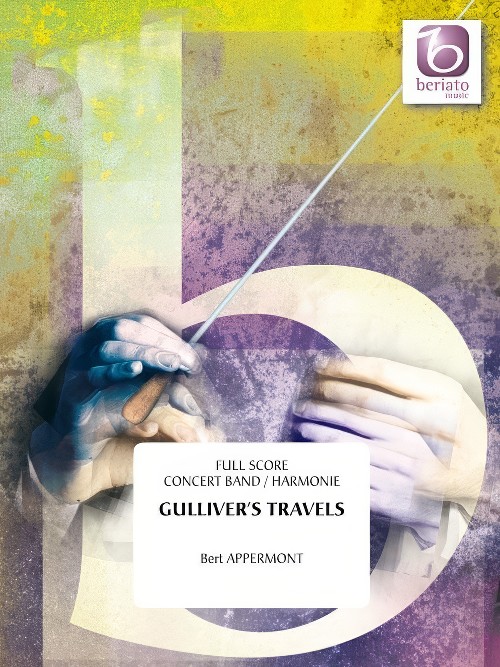 £134.99
£134.99Gulliver's Travels (Concert Band - Score and Parts) - Appermont, Bert
The book Gullivers Travels (1726) by author Jonathan Swift formed the provocation for writing this composition. Even though this composition isnt a literal representation of the original story, a number of elements were still retained. The ships doctor Gulliver finds himself in 4 (fictive) areas, each with their own inhabitants and customs. Each part of this suite also received the name of one of these areas:I. Lilliput The enterprising Lilliputians are represented by a playful, common theme in the first part.II. BrobdingnagIn the land of "Brobdingnag" Gulliver is carried off by gigantic giants, which you hear approaching with the sounds of the bassinstruments. The same theme is constantly repeated and quickened in order to increase the tension.III. LaputaLaputa is an island that floats in the air; its inhabitants are strange people with slanting heads. The dreamy, special atmosphere is especially well conveyed here.IV. The HouyhnhnmsFinally Gulliver finds himself in the land of the Houyhnhnms, where intelligent and noble horses rule over the primitive, undeveloped people (yahoos). The trumpets in the brilliant opening express the galloping horses; the gallant theme that follows (horns and trombones) symbolises the primitive yahoos. The whole composition ends with a big finale.I intentionally tried to limit the degree of difficulty of Gullivers Travels. Despite this I think that this work can appeal to many orchestras due to the colourful orchestration (cues are provided where needed), the simple and clear theme and the highly imaginative breeding ground of a beautiful story around which this composition is built." Duration: 8:00
Estimated dispatch 7-14 working days
